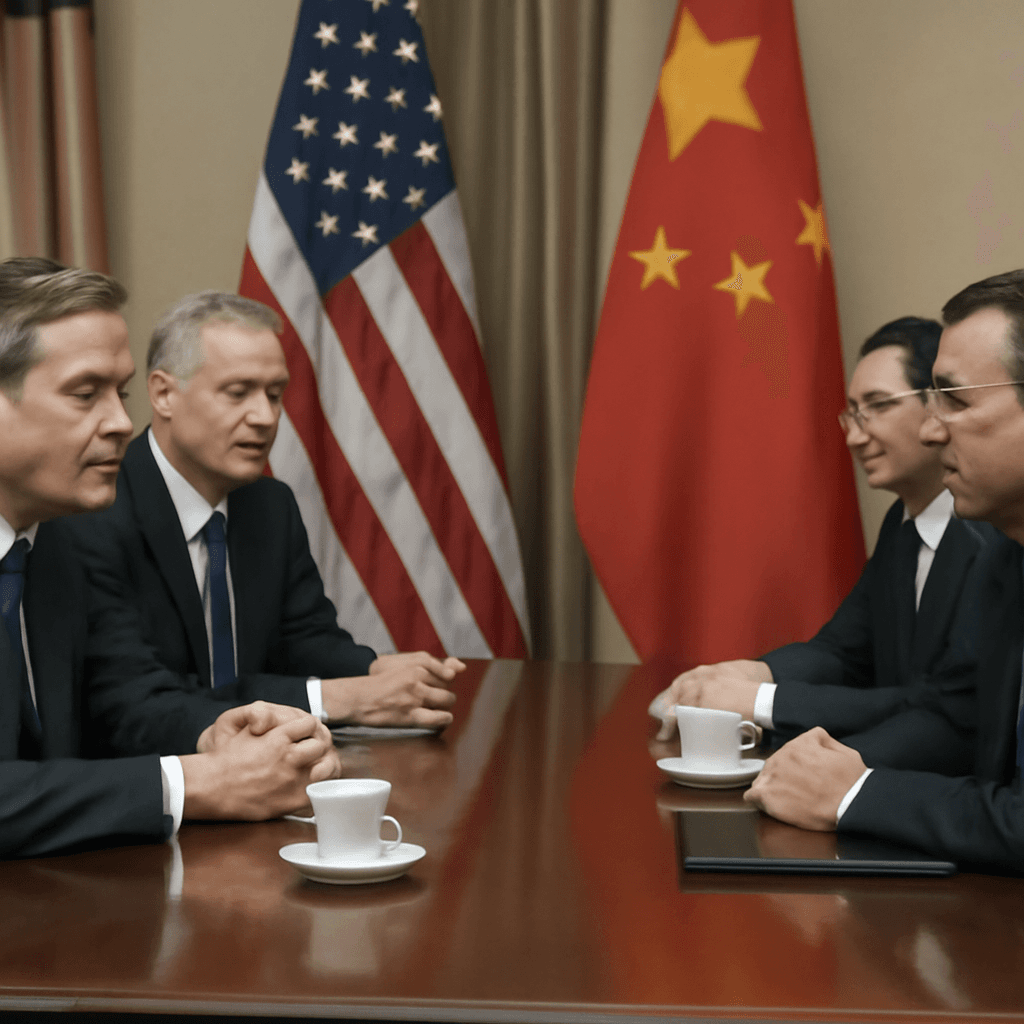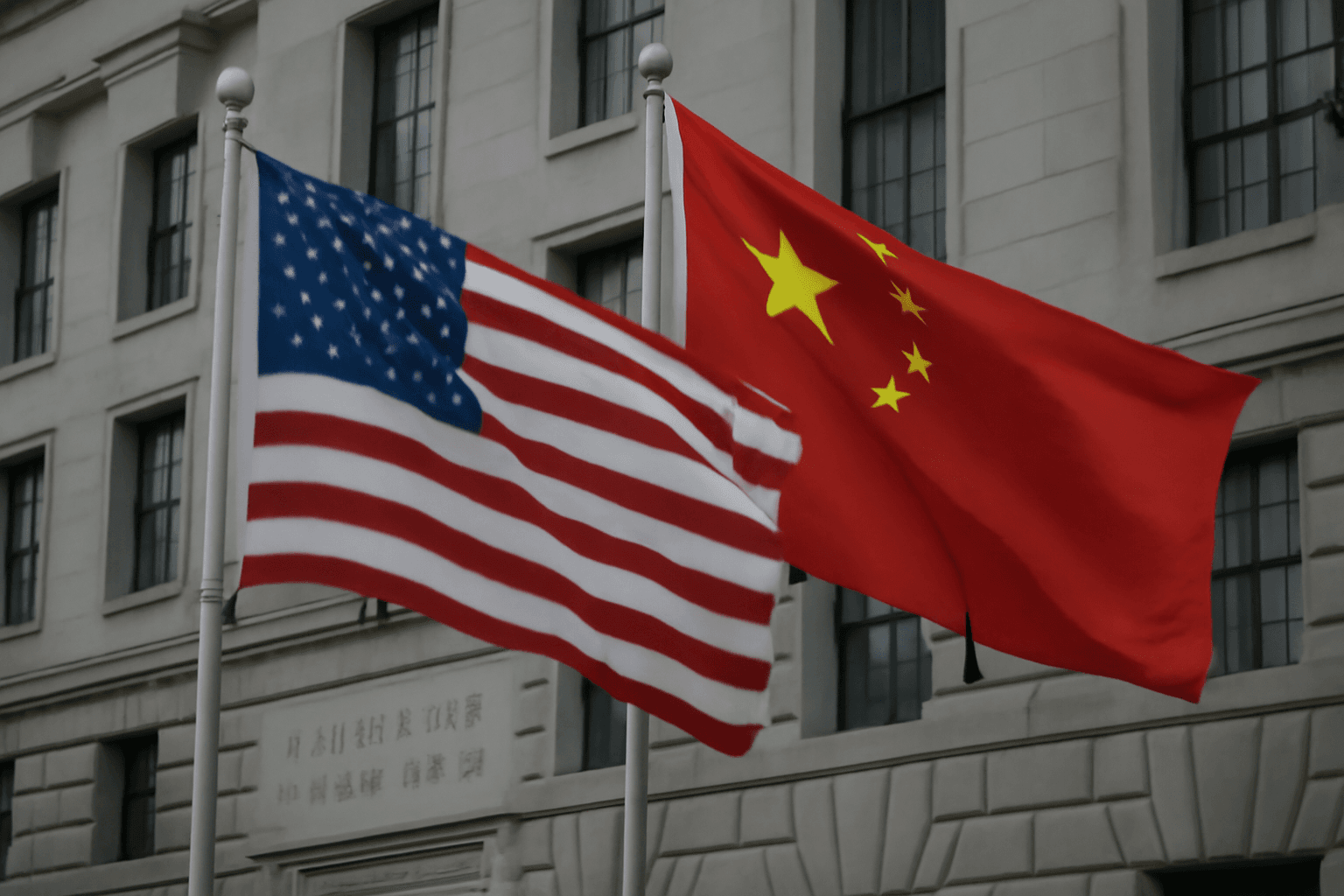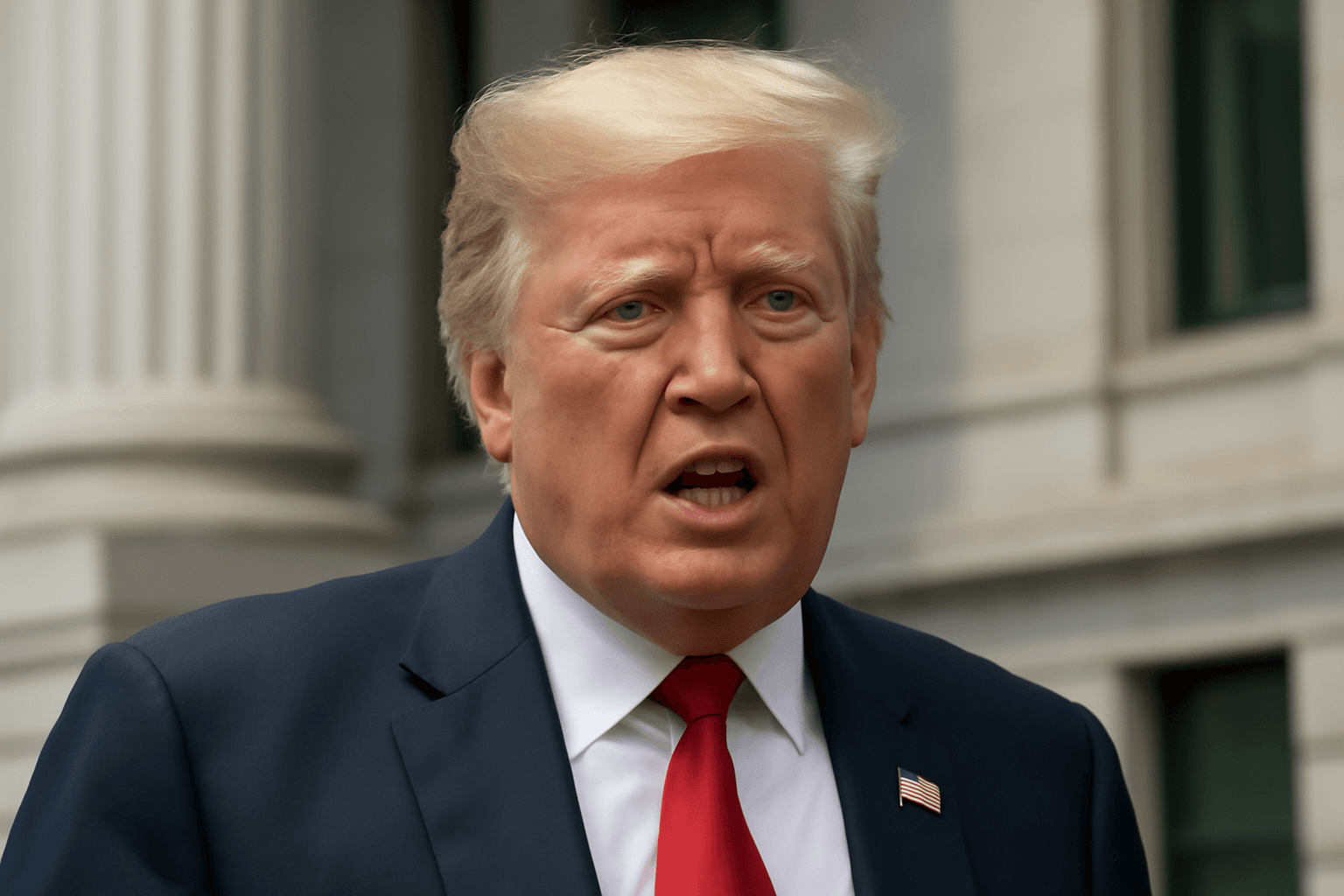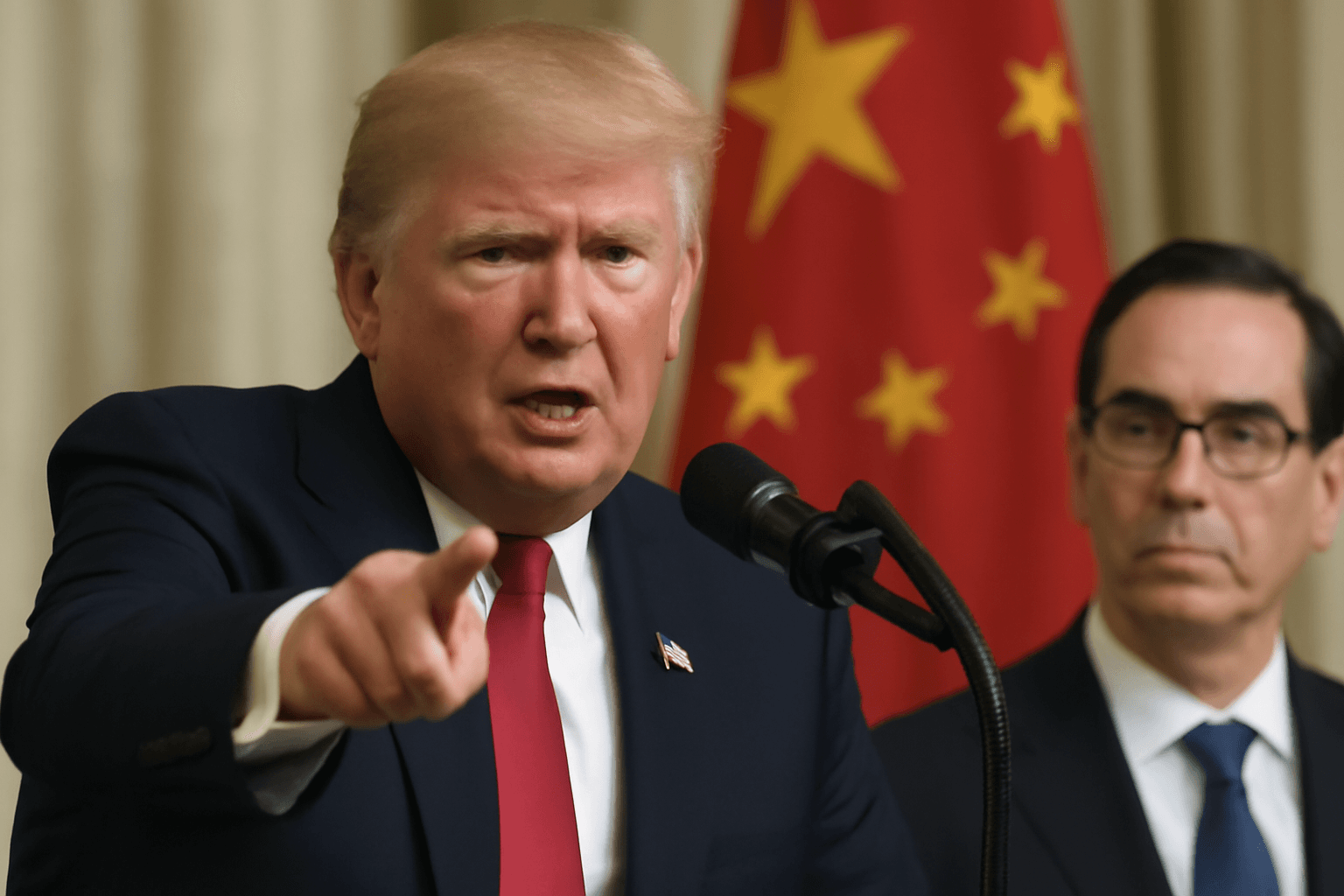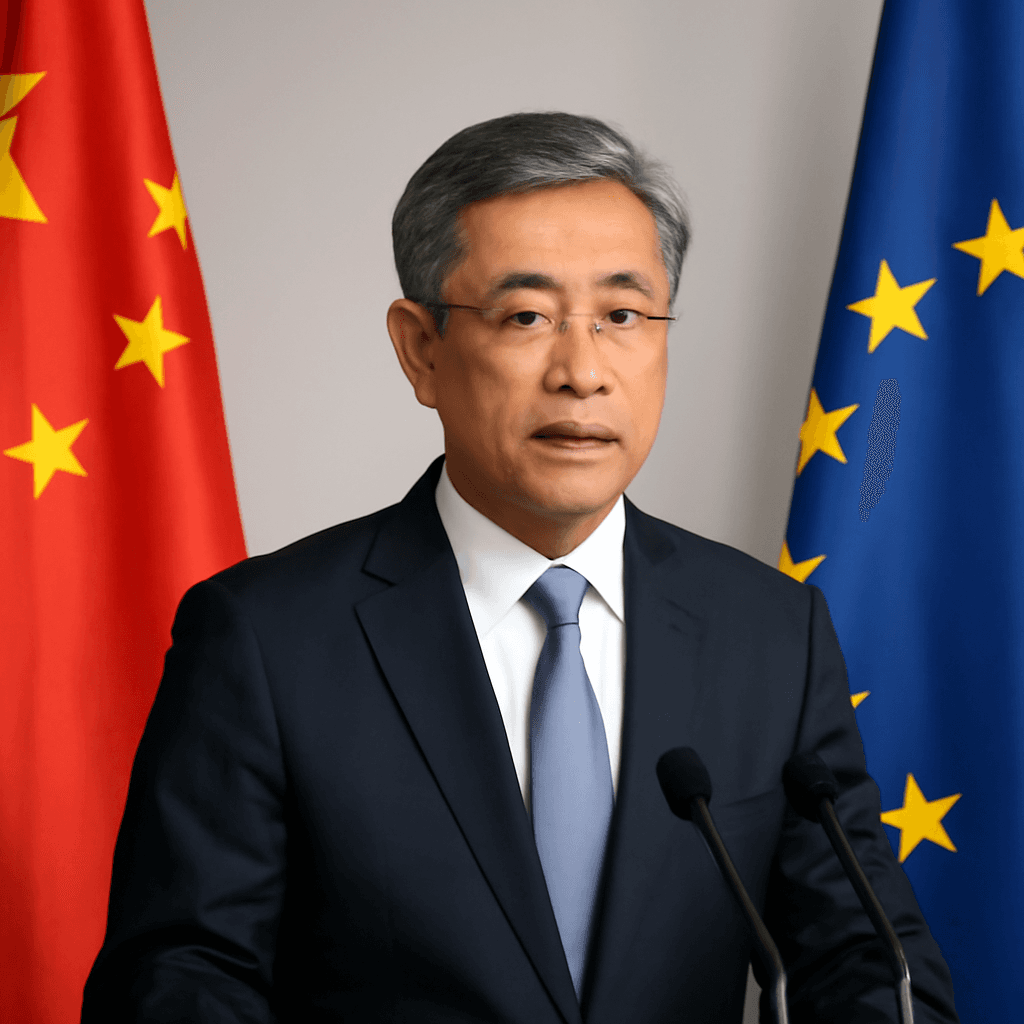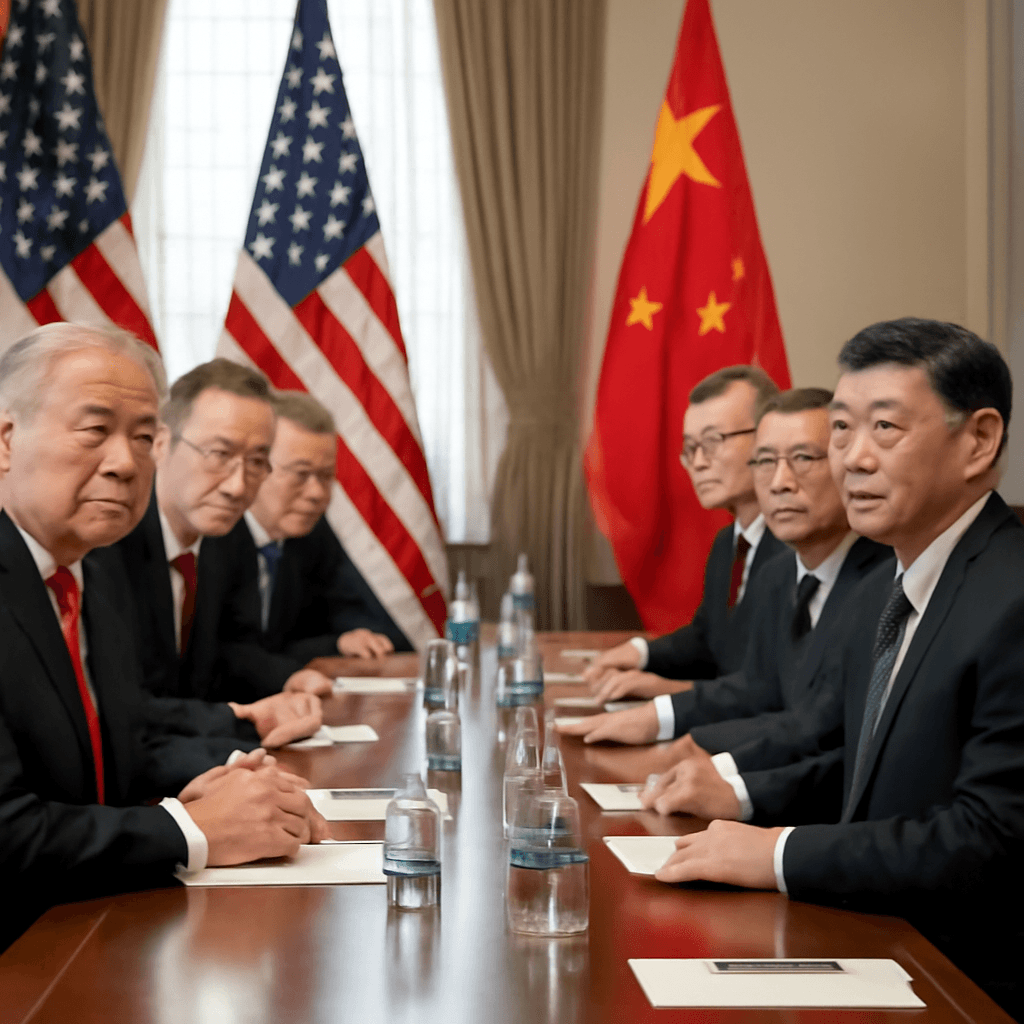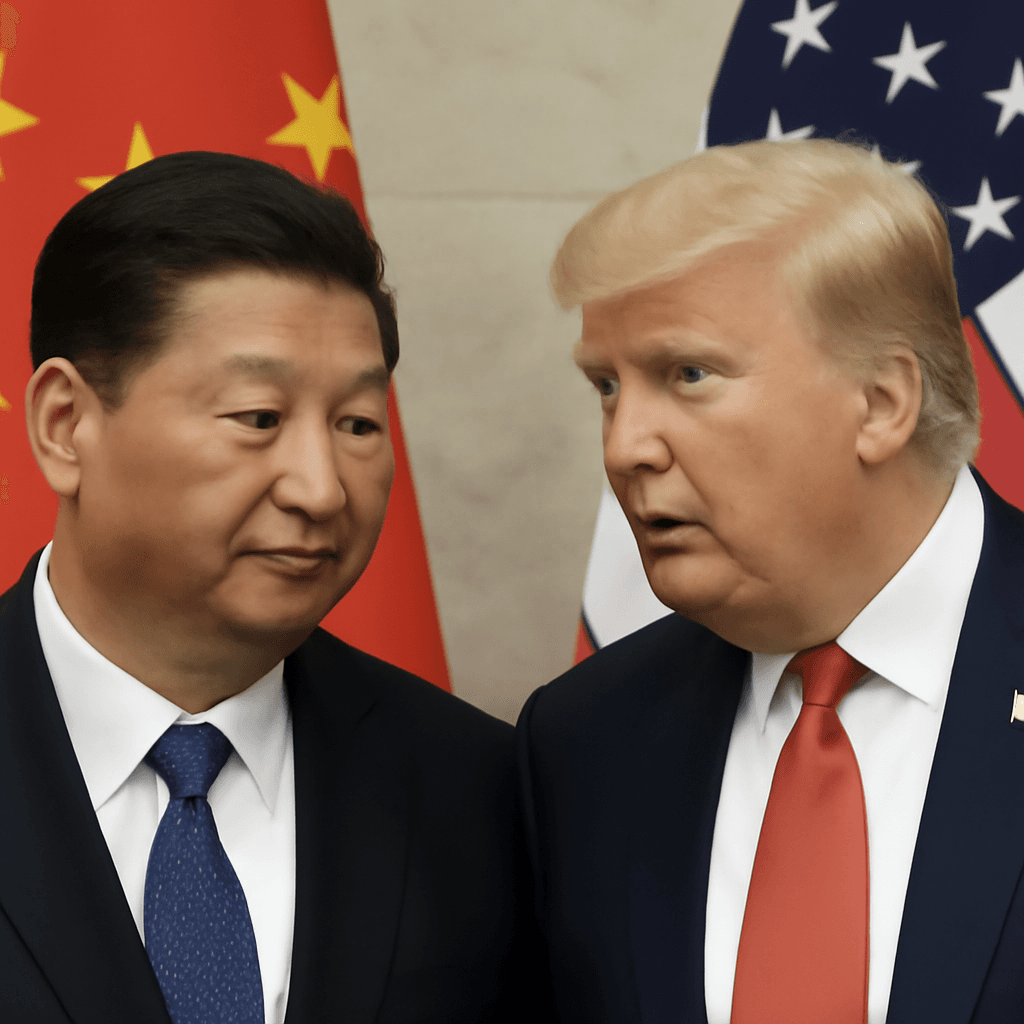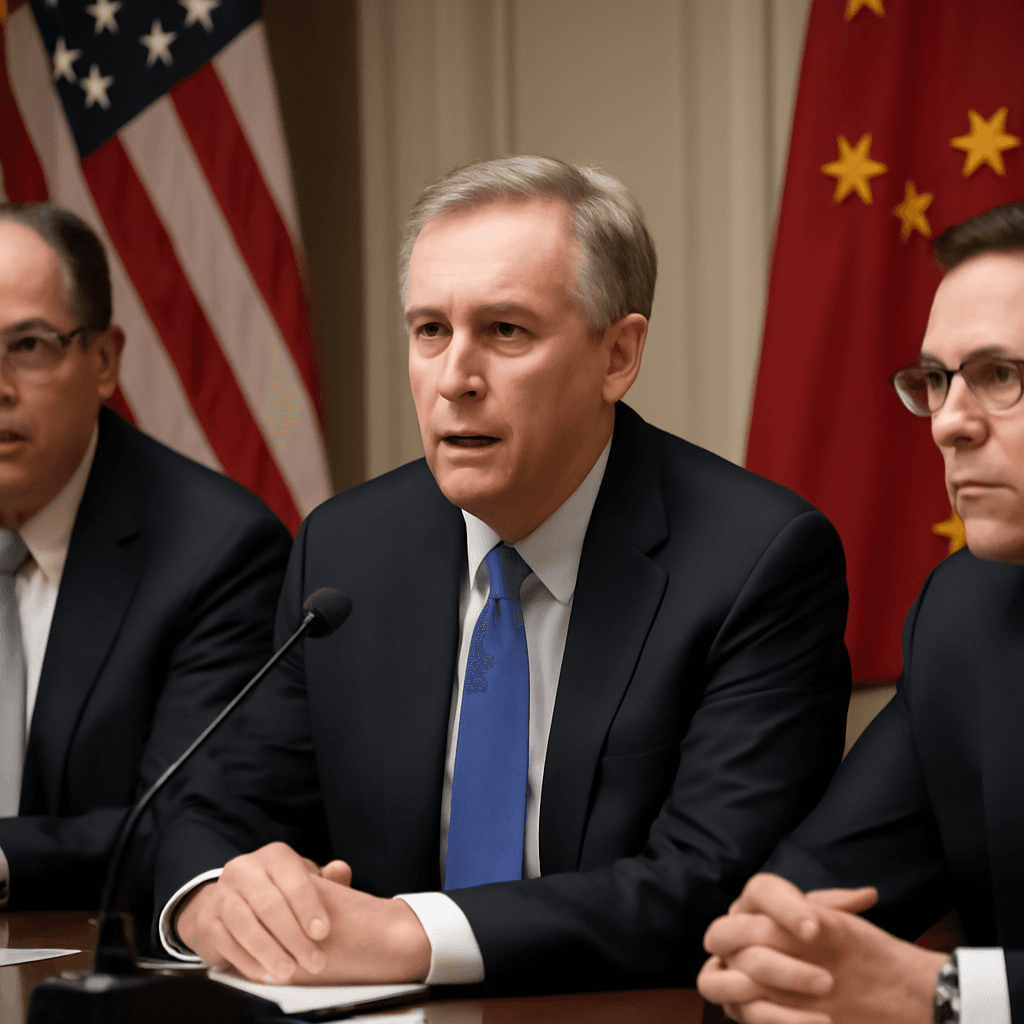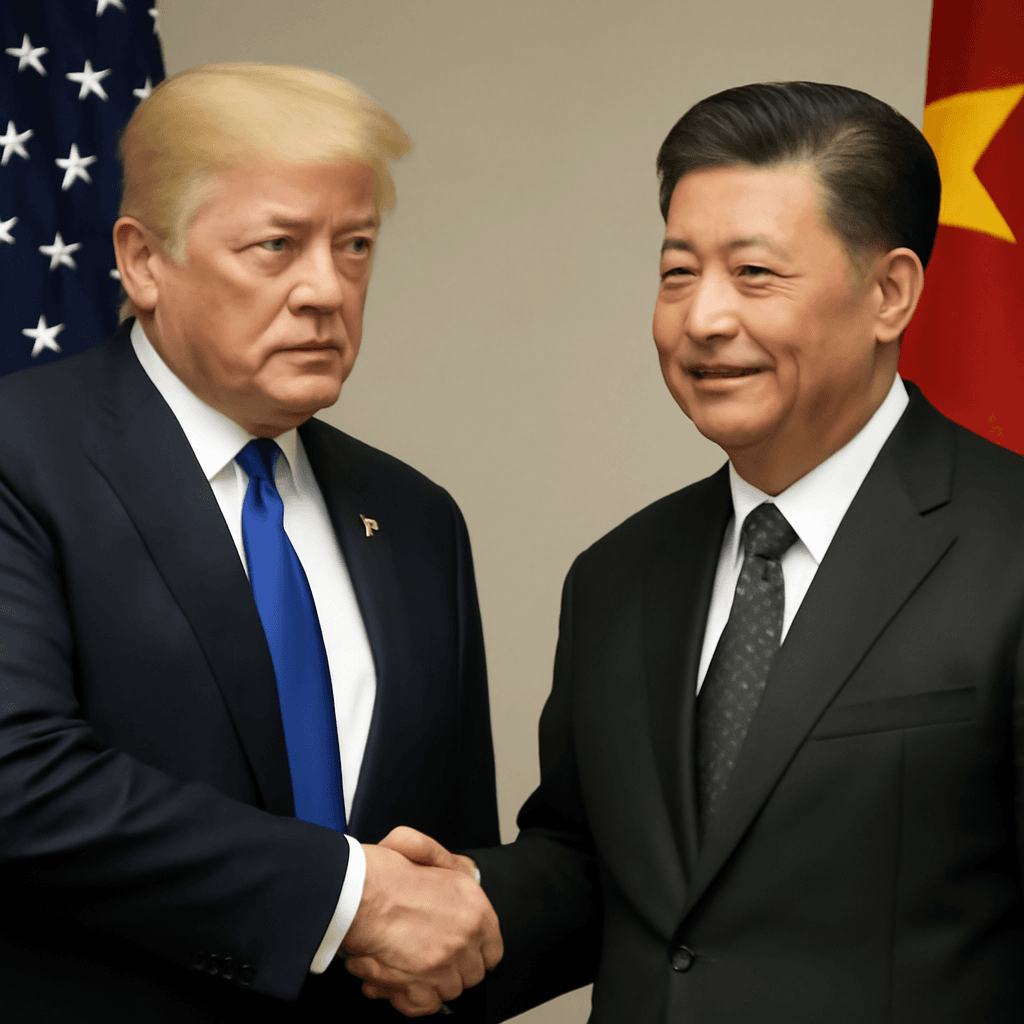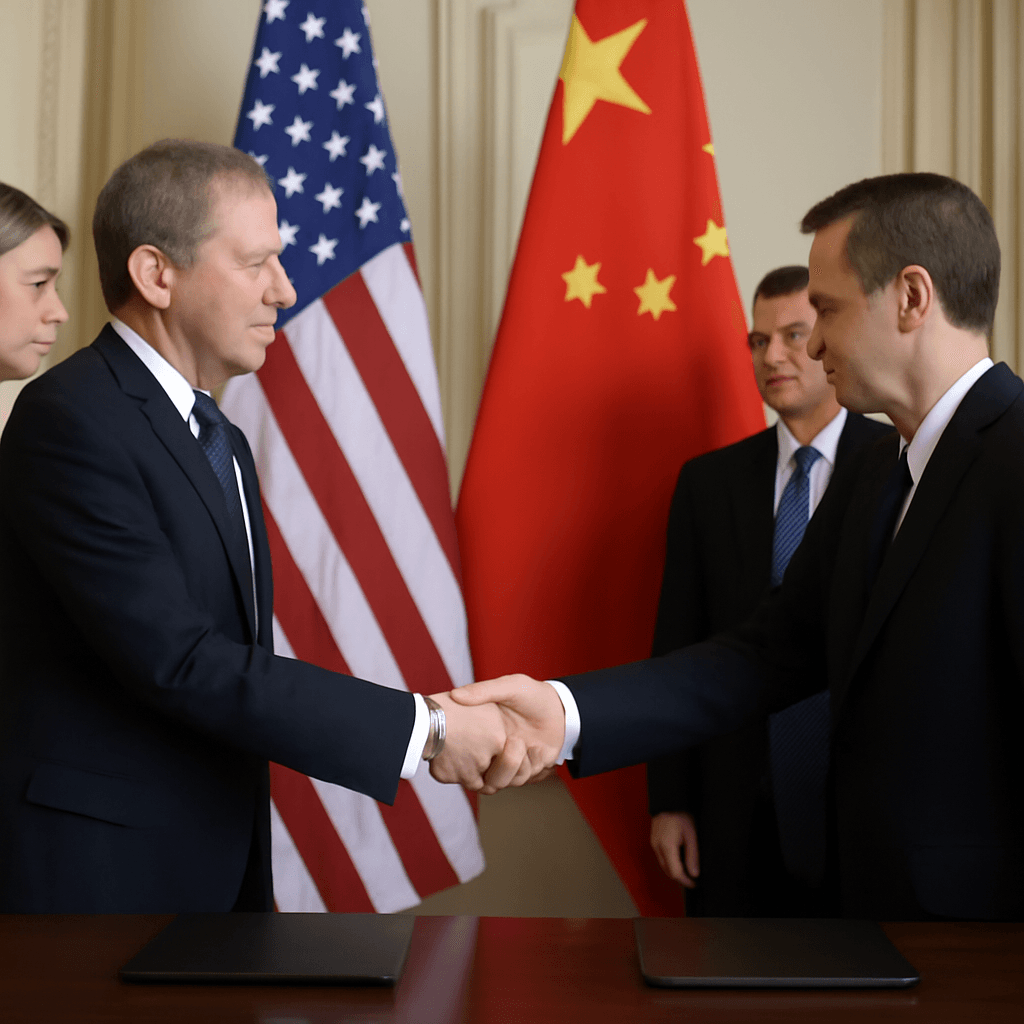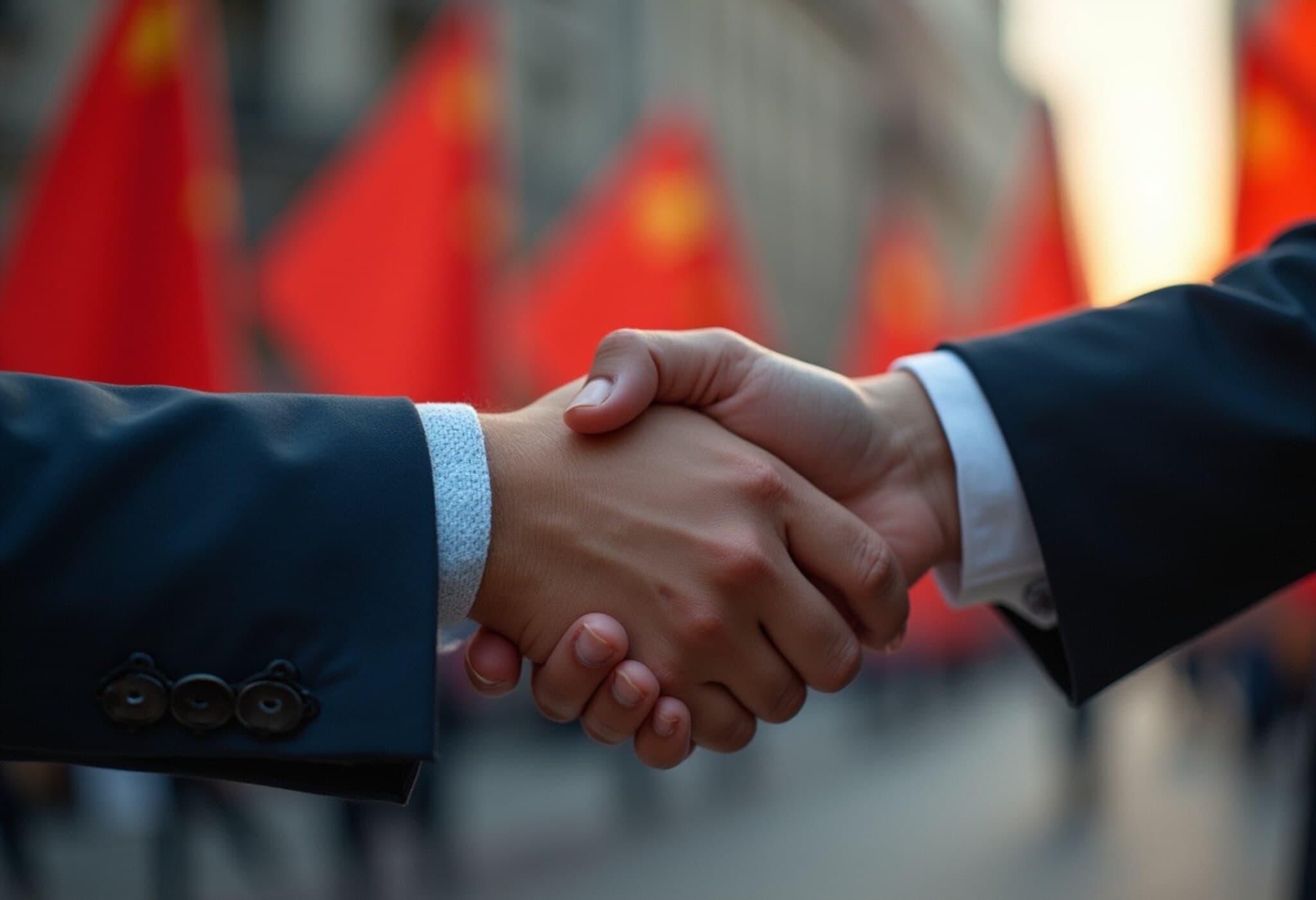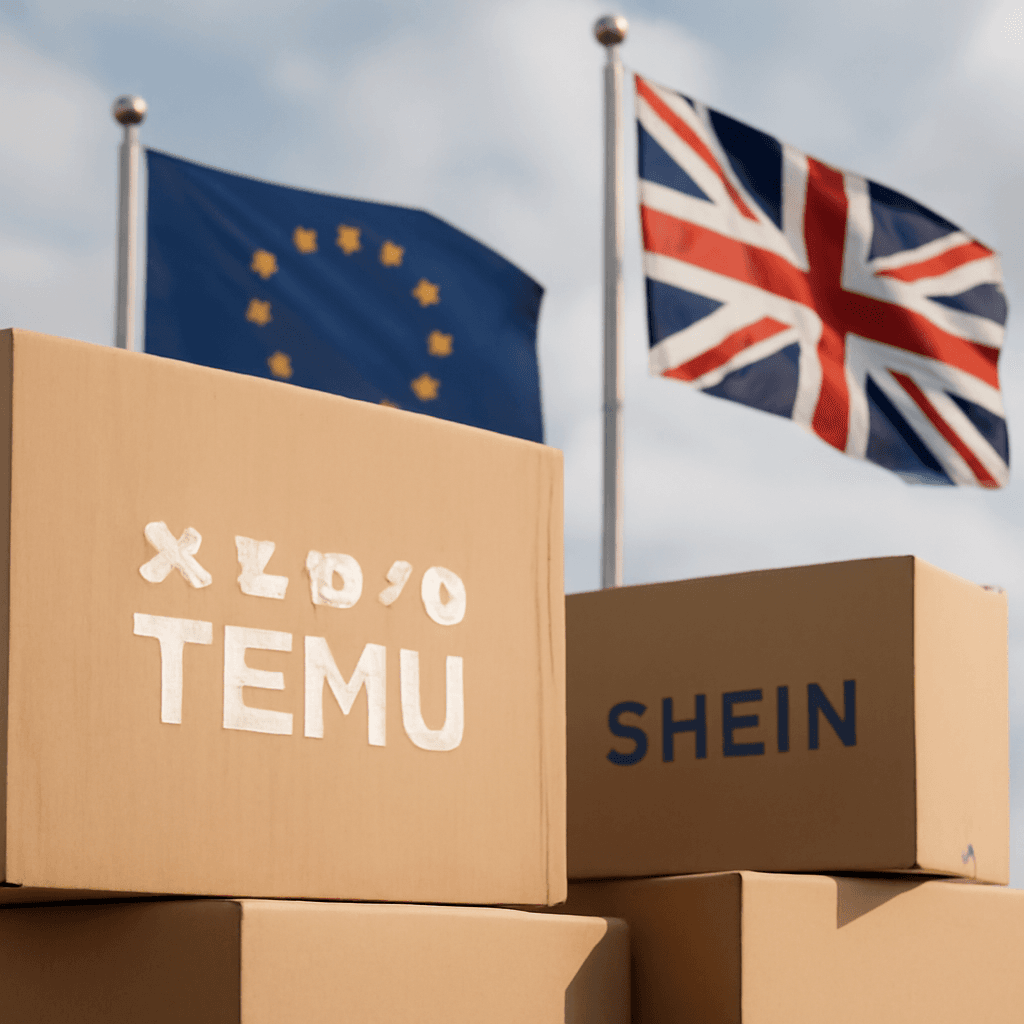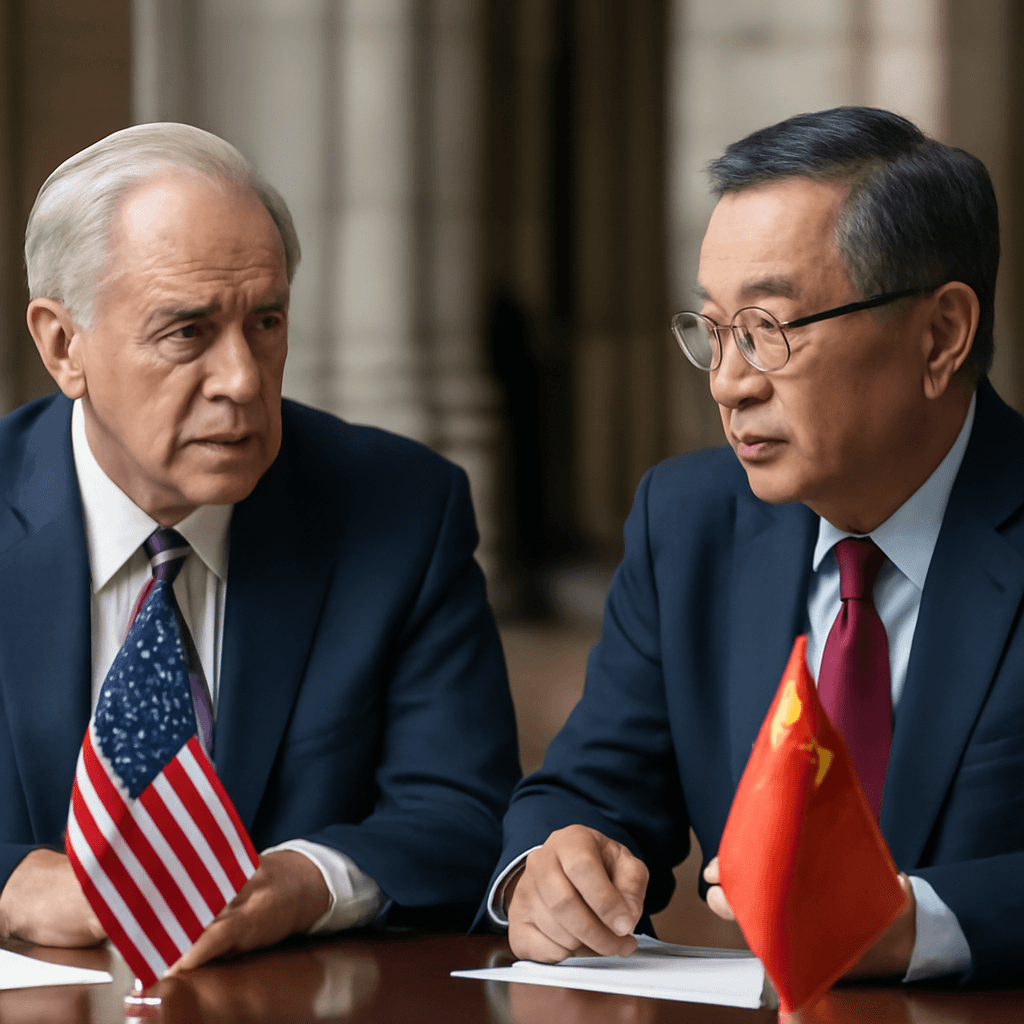US-China Talks Resume in London Amid Trade and Tech Tensions
Senior officials from the United States and China reconvened discussions in London to address key bilateral trade issues, notably involving rare earth minerals and technology exports. These talks, which began on June 10, 2025, come as both nations seek to ease the strains caused by years of tariff disputes and trade restrictions.
High-Level Delegations Lead Critical Negotiations
China's Vice Premier He Lifeng is at the helm of the Chinese delegation, while the U.S. team includes Treasury Secretary Scott Bessent, Commerce Secretary Howard Lutnick, and Trade Representative Jamieson Greer. This high-profile assembly reflects the critical nature of the discussions, which center on technology exports, particularly semiconductor manufacturing software, jet engine components, and ethane supplies.
US Signals Willingness to Ease Export Controls
In a notable development, the US administration has authorized Treasury Secretary Bessent's team to consider relaxing restrictions on sales related to chipmaking software, jet engine parts, and ethane. This move could represent a significant thaw in the economic and technological standoff between the world's two largest economies.
Expectations of a Landmark Agreement
Kevin Hassett, Director of the National Economic Council, expressed optimism about the negotiations, suggesting that an agreement could soon enable the US to ease export controls and facilitate increased rare earth mineral supplies from China. "Immediately after the handshake, any export controls from the US will be eased, and rare earths will be released in volume," Hassett said, hinting that this breakthrough could pave the way for resolving secondary issues.
Context: The Impact of Tariffs and Trade Barriers
Since former US President Donald Trump introduced sweeping tariffs on Chinese imports, tensions have escalated dramatically, leading to a tariff war that imposed duties exceeding 100% on a broad range of goods. In response, China imposed retaliatory tariffs, further escalating the standoff.
A temporary truce reduced US tariffs on Chinese goods from a staggering 145% to 30%, while China lowered theirs from 125% to 10%. Yet, recent accusations from Trump claim that China breached these agreements, particularly concerning rare earth mineral shipments that are vital components for manufacturing electric vehicle batteries and other advanced technologies.
China’s Strategic Alliances Amid Ongoing Talks
Parallel to its dialogue with the US, China has been actively engaging with other key trading partners, such as Japan and South Korea, to form a cohesive response to the US tariffs. This multi-pronged approach underscores the complexity and global reach of the current trade dynamics.
Outlook: A Tentative but Pivotal Step Forward
While the negotiations are still underway, the potential for a formalized agreement could mark a pivotal moment in curbing decades of trade hostilities and escalating technology rivalries. Descriptions of Monday’s talks as "good" suggest that both parties are cautiously optimistic about reaching a mutually beneficial resolution.

